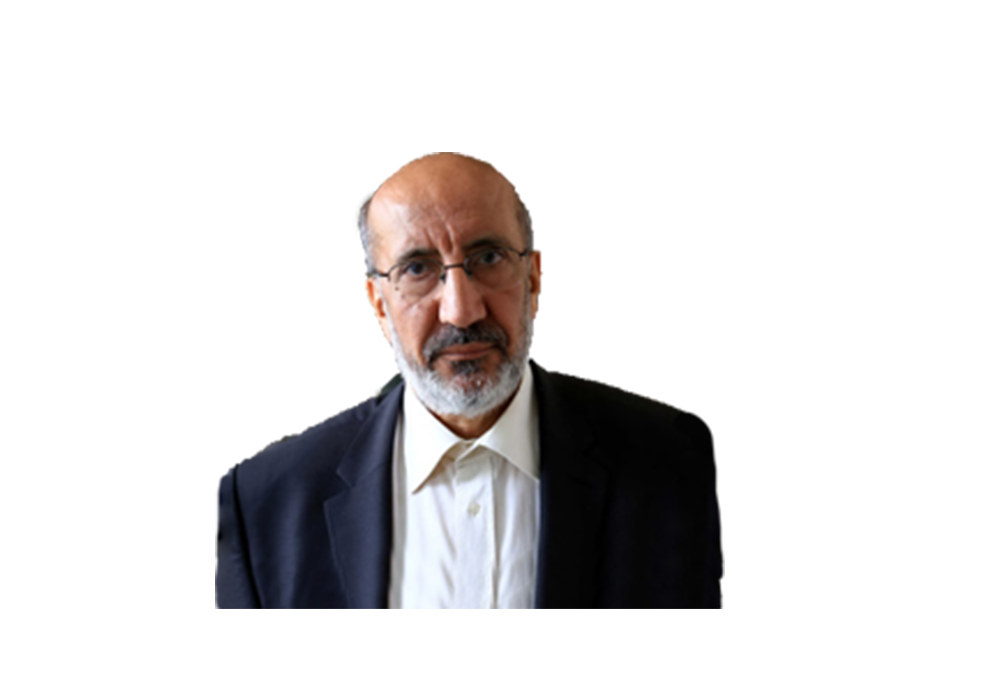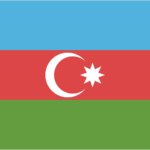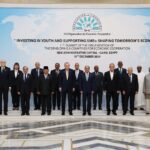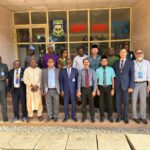Until yesterday there were Ottoman, German, Austro-Hungarian, Russian, Chinese, Hun and Japanese empires alongside the British Empire. Today there is only the British Empire. The United States is actually a secret and deep empire whose name is the United States. Japan and more other empires remained only the name.
But there are countries that are number one in the world. Japan is number one in population, Russia is number one in land, US number 1 in economic power.
On the other hand, there are five member states of the Security Council: the United States, Britain, Russia, China and France.
The world’s surface area is 510,100,000 km². Russia 17,098,200 km², Canada 9,970,610, People’s Republic of China 9,640,820 km², USA 9,629,090, Brazil 8,514,880 km², Australia 7,741,220.
Covering about 1.2 billion Muslims in the world’s 1.57 billion, including Turkey, Iran, Pakistan, Bangladesh, Indonesia, Egypt, Malaysia and Nigeria D-8 countries consisting of an area of 7,510,779 sq km.
The six stars described in the establishment of the D-8 , which are on the flag of the D-8, refer to the six basic principles of the organization: 1. Peace, not war; 2. Dialogue, not conflict; 3. Justice, not double standard; 4. Equality, not superiority; 5. Co-operation, not exploitation; 6. Human rights, freedom and democracy, not oppression and domination.
The Muslim population in 57 Islamic countries constitutes 23% of the world’s population with 1.57 billion believers. On the other hand, Muslims has the share for 28% of the world’s surface area. The national income of Islamic countries is about 4.4 trillion dollars. This is 7% of the world’s annual output.
If the world population is about 8 billion, Islamic countries are 23% of the world population, and the population of the D-8 countries is more than two-thirds of the population of Islamic countries.
The world’s surface area is 510 million km², while Muslim countries share for 28% of the world’s population, i.e. 182 million km2, and D-8 countries account for about 5% of Islamic countries with 7,510,000 km². D-8 countries as National Income, Indonesia 1,066,840; Turkey 631 163; Nigeria 447,013; Malaysia 372.628; Islamic Republic of Iran 333.603; Bangladesh 313,509; Pakistan 298,310; Egypt 298.153; A total of 2,693 million. It accounts for 1.7% of the total national income of Islamic countries.
D-8 countries have such a different side. For example, the 350 million Malay population in East Asia is within the influence of 2 D-8 countries. 369 million people live in Pakistan and Bangladesh. 250 million Muslims live in the Indian geography embraced by Pakistan and Bangladesh. In other words, the Muslim population affected by these two Muslim countries reaches 620 million. Only the Indian and Malay Muslim community affects about 970 million inhabitants.
Particularly in Malaysia, the fact that Chinese people have close to 80% economic power also opens the door to a close and warm contact between the Malay-Chinese Muslim communities, which speaks of a population of around 70 million Hui Muslims alongside nearly 45 million East Turkestan.
Turkey; The Balkans, Caucasus, Asia Minor, as well as the Turkish world is also affecting closely, the economic potential of almost 200 million Muslims have the opportunity to mobilize.
China is formerly known as the Silk Road. There’s two missing information here. Humanity spread from Anatolia to the world. The expansion to the east was from the sea with the upper and lower sides of the Caspian Sea. Those from the upper side of the Caucasus peoples, Siberia, the rubies, the corridor of Mongolia, those from the lower side, headed towards India. Those who departed from the sea proceeded in the corridor of Indonesia, Malaysia and the Philippines.
The Silk Road moved from China to the Caspian side of Europe. While those coming from China were moving through Istanbul, another route traveled from the eastern Mediterranean to the South Europe and North Africa corridor. The “Spice Route came from India has progressed from land to the Persian Gulf through Iran, through Egypt, to Carthage, through the Red Sea to the Arabian Peninsula and Ethiopia. The Malay and Indian communities, late arrivals from Australia, marched by sea into the Persian Gulf and the Red Sea and headed for South Africa.
The Silk Road is an Eurasian project on the Asian-European line from China to the UK. The “Spice Route” is a line that starts from Indonesia, passes through India and travels to Europe and Africa. While the silk route forms a linear line, the “Spice Road, which includes D-8 countries, forms a boomerang line. Turkey intersection of both lines. The intersection point of these two lines is open to air, land and sea transportation, as well as a continental axis from east to west and a sea axis from north to south. Russia in the north, the Arabian Peninsula and Africa in the south.
The potential economic strength, population power, terrestrial size, geopolitical and geostrategic capacity of these two lines are very promising for the future as well as a rising value. The market is of great importance in the field of raw materials, transportation and energy. Turkey’s almost like landmark in the balance. These two lines represent a very important force in terms of economic, political, and traditional values.
Although there are some political problems for Iran and Egypt today, despite all the problems, some studies can be done among the peoples.
Moreover, a particular action to be initiated between Malaysia and Indonesia and Turkey will be a model in terms of D-8 countries and other Muslim countries.
Today the Secretary General of the D-8 Organization for Economic Cooperation is a Malaysian diplomat. In the middle of this week, Malaysian Prime Minister Dr. Mahathir Mohammad will visit Turkey. This visit comes after making a number of extremely important agreement between Turkey and these countries. After this visit, before the Dhaka Summit, D-8 Secretary-General Ambassador Dato Ku Jaafar Ku Shaari is trying to implement an action plan to further the existing relations between the D-8 countries in many areas. Among the D-8 countries, there are new steps to be taken in the asymmetric, multidisciplinary, barter-based, free trade. The creation of a common plastic card payment system between D-8 countries, the launch of a new university, which allows students to read and exchange at the undergraduate and graduate level each year, and to increase joint investment opportunities will be a milestone.
Writer Mr. Abdurrahman Dilipak















